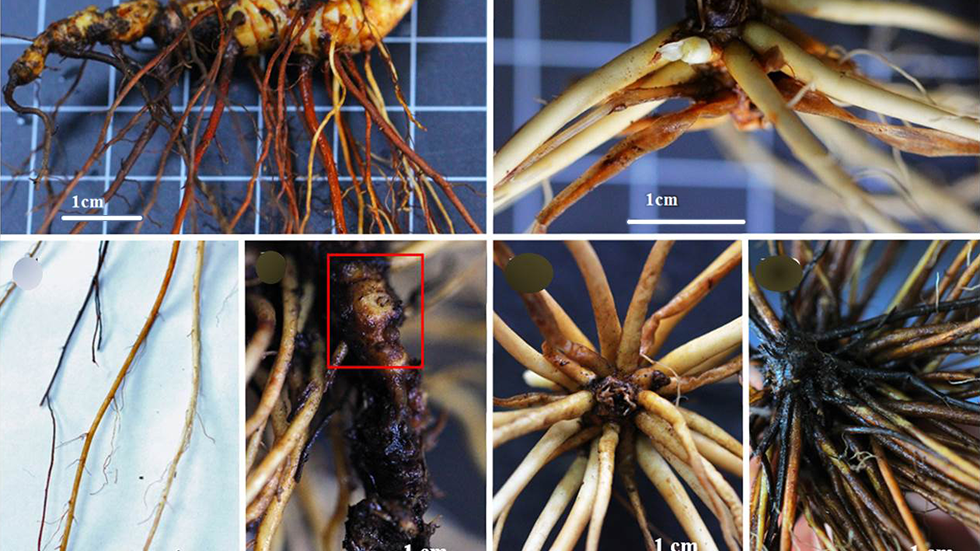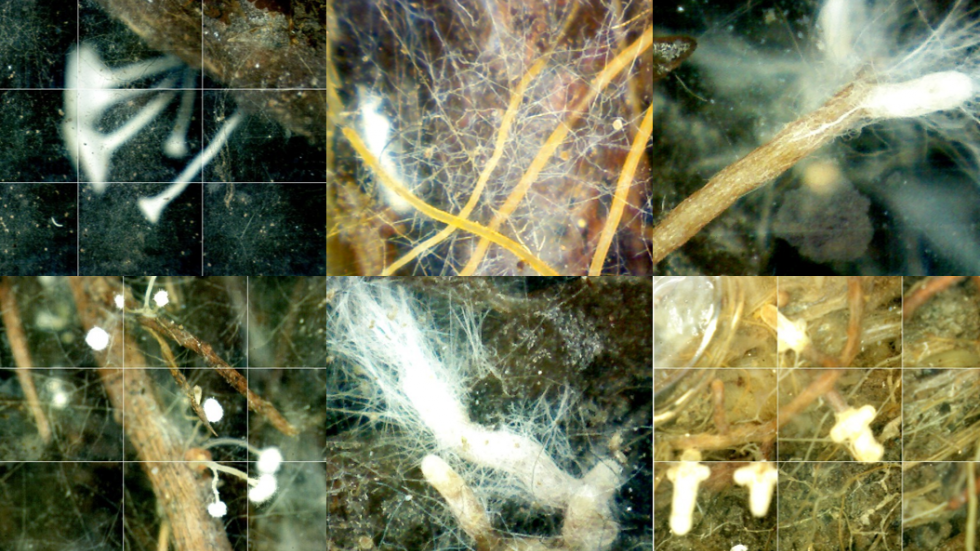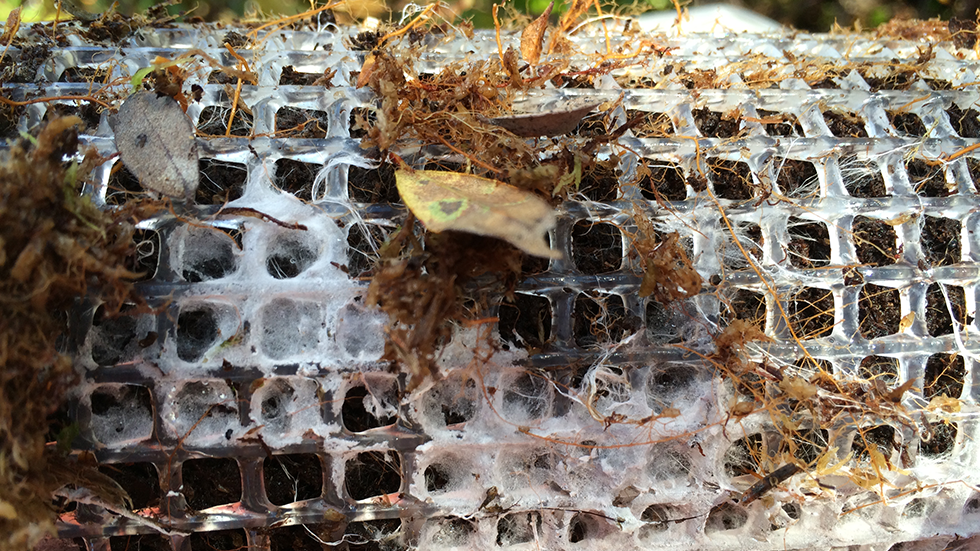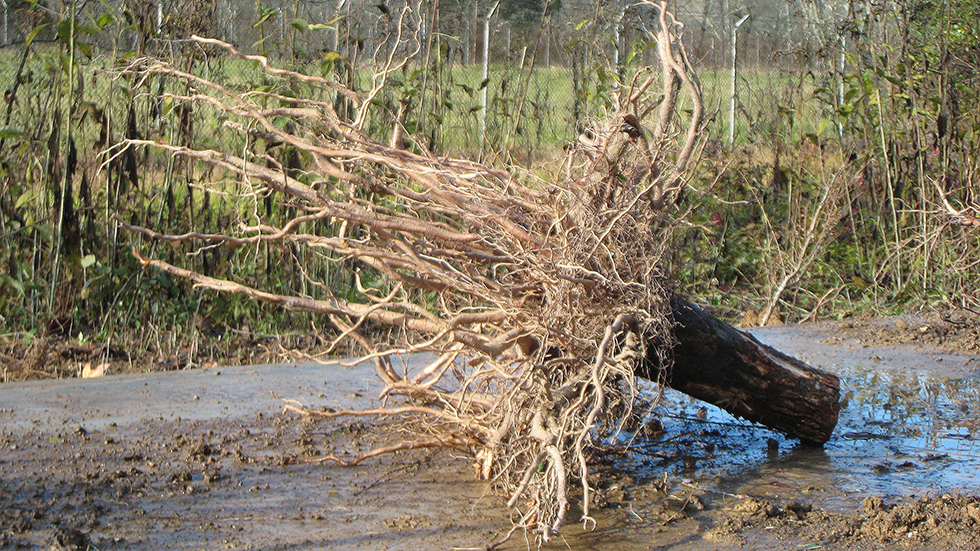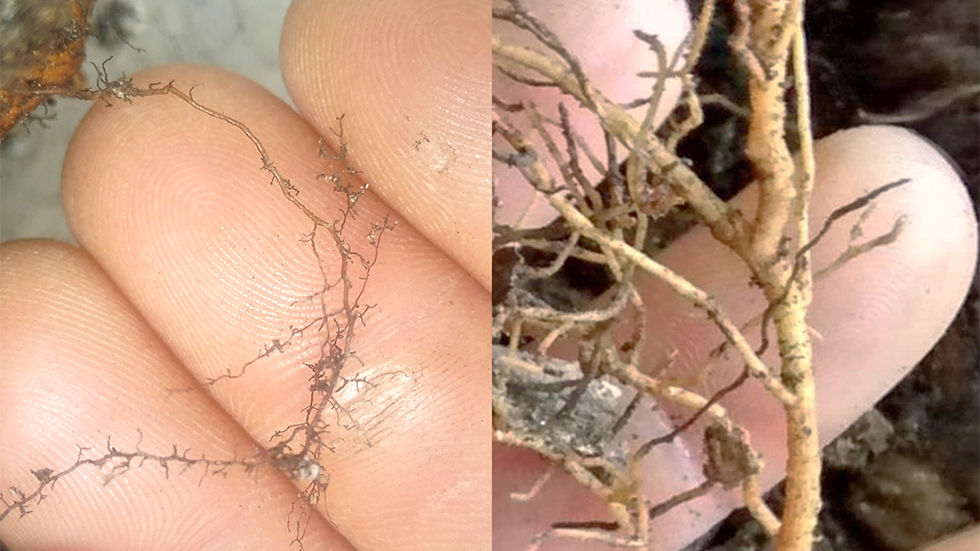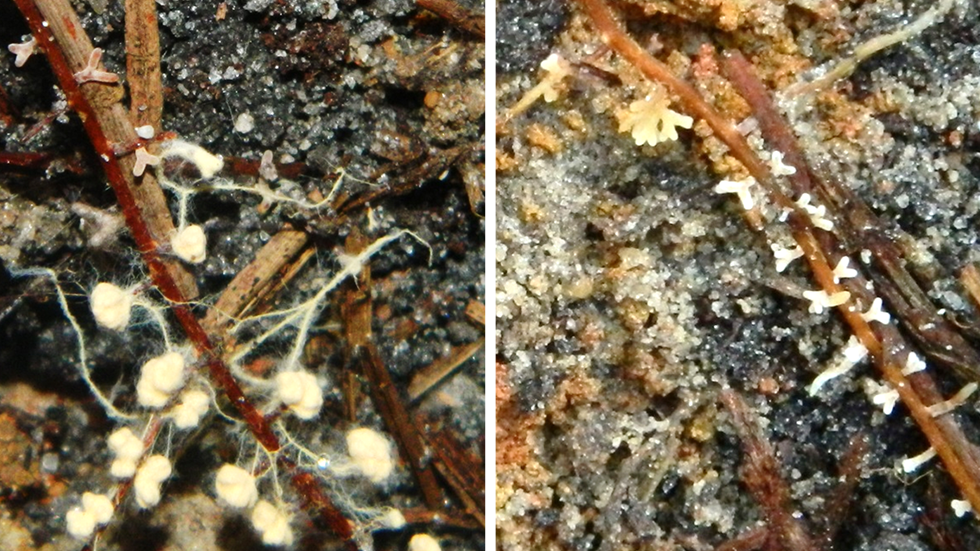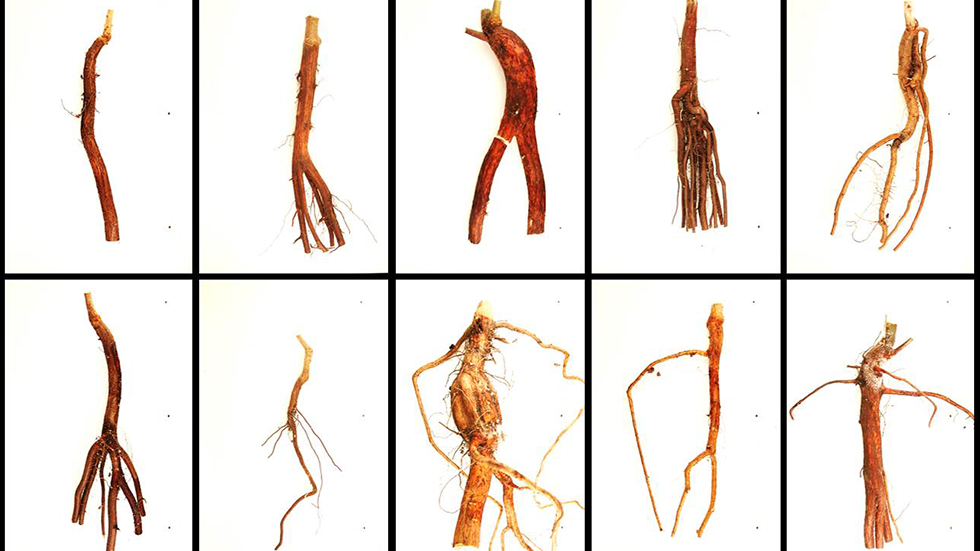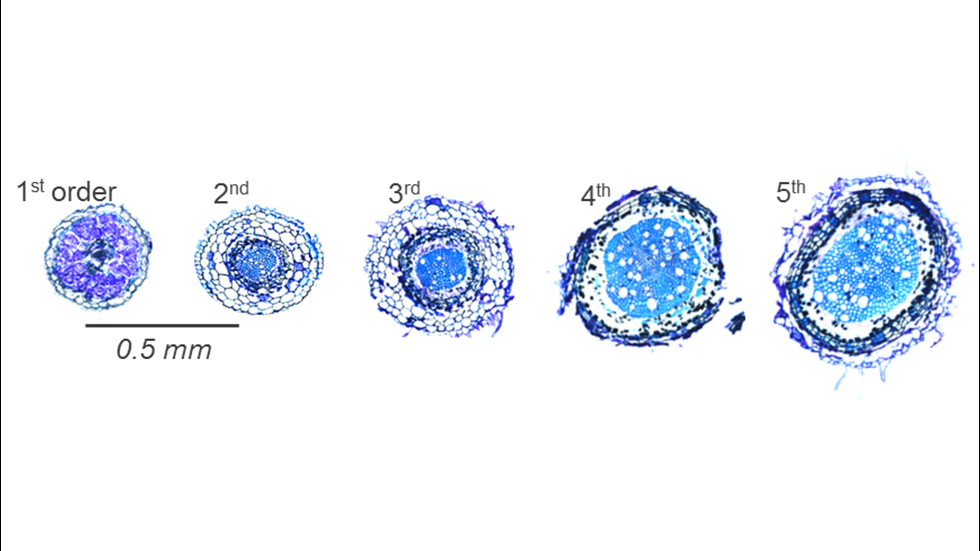Welcome to FRED!
Those of us focused on measuring belowground processes have dusted off our data, pooled them together into one harmonized database, and freely shared these hard-won observations. Our hope is that they will be used by the broader community of root and rhizosphere ecologists to tackle some of the biggest questions in belowground ecology, and that some of the answers to these questions will be hard-coded into the models that inform our understanding of the world as it is now and as it will be in the future.
The third version of FRED is now available! And it has a new look. FRED 3.0 has been encoded into database form and we have developed a Searchable Interface that will allow root ecologists to filter the observations in FRED according to their scientific needs. Access the Interface through the user portal here. Prior to downloading data, please read and follow the Data Use Guidelines, and it's worth checking out some tips for using FRED before you begin your analyses.
For more information on FRED, check out the 'Project' page, see Iversen et al., 2017 for a paper describing the FRED initiative, and check out an ORNL research highlight on the story behind FRED. The FRED team also recently compiled a Virtual Special Issue in New Phytologist on 'Filling gaps in our understanding of belowground plant traits across the world', and FRED 3.0 is highlighted in the editorial introducing the Special Issue. Last, if you're interested in hearing more about 'FRED - Your friendly root resource', check out this new podcast episode from Oak Ridge National Laboratory's 'Sound of Science' podcast. And see here for a story tip on the latest version of FRED.
Check out this list of publications that have used FRED as a go-to resource for all of their root trait data needs!
FRED is built on community data and its continued improvement and expansion hinges largely on community interest and engagement. We strongly encourage researchers to directly contribute data. After all…the next version of FRED is just over the horizon.
